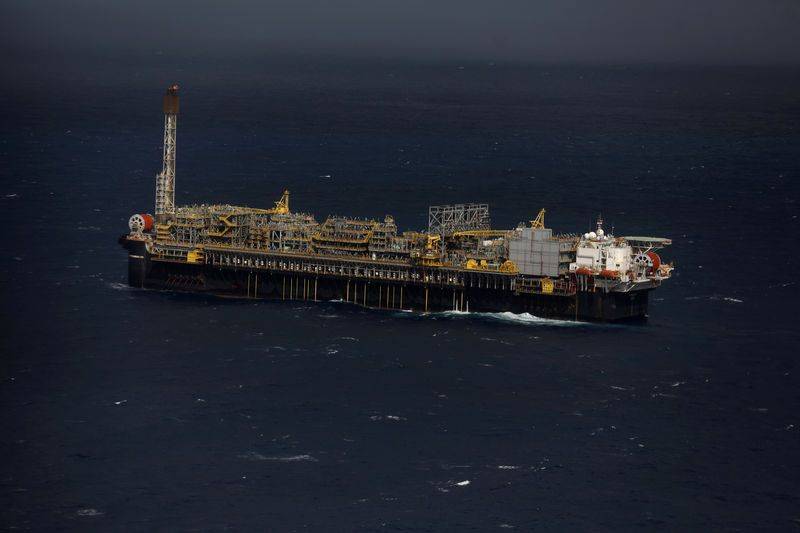Oil prices soared by more than 4 percent on Monday after the United States and China agreed to a 90-day truce in their trade war, and ahead of a meeting this week by producer club OPEC that is expected to result in a supply cut.
US West Texas Intermediate (WTI) crude futures CLc1 were at $53.41 per barrel at 0739 GMT, up $2.48 per barrel, or 4.9 percent from their last close.
US crude prices were further pushed up by an announcement from Canada that Alberta province will force producers to cut output by 8.7 percent, or 325,000 barrels per day (bpd), to deal with a pipeline bottleneck that has led to crude building up in storage. Most of Alberta’s oil is exported to the United States.
Stephen Innes, head of trading for Asia/Pacific at futures brokerage Oanda in Singapore said Alberta’s decision was “an unprecedented step to ease a crisis in the Canadian energy industry.”
International Brent crude oil futures LCOc1 were up $2.66 per barrel, or 4.5 percent, at $62.12 a barrel.
China and the United States agreed during a weekend meeting in Argentina of the Group of 20 (G20) leading economies not to impose additional trade tariffs for at least 90 days while the pair hold talks to resolve existing disputes.
The trade war between the world’s two biggest economies has weighed heavily on global trade, sparking concerns of an economic slowdown.
Crude oil has not been included in the list of hundreds of products each side has slapped with import tariffs, but traders said the positive sentiment of the truce was also driving crude markets.
“The agreement to keep talking for 90 days during which tariffs are paused is an upside surprise,” US bank Morgan Stanley said in a note to clients on Monday. It added, though, that trade negotiations would be “bumpy”.
Overall, Morgan Stanley said it saw a “slight upside in our 2019 growth outlook” because of the renewed talks.
QATAR LEAVES OPEC
Looking ahead, oil traders will eye a meeting by the Organization of the Petroleum Exporting Countries (OPEC) on Dec. 6. At the meeting, the producer group, along with non-OPEC member Russia, is expected to announce cuts aimed at reining in a production overhang that has pulled down crude prices by around a third since October.
“Markets are expecting to see a substantial production cut after Russian President Vladimir Putin said his country’s cooperation on oil supplies with Saudi Arabia would continue,” said Hussein Sayed, chief market strategist at futures brokerage FXTM.
Within OPEC, Qatar said on Monday it would leave the producer club in January.
Qatar’s oil production is only around 600,000 bpd, while it is the world’s biggest exporter of liquefied natural gas (LNG).
The small Middle East country has also been at loggerheads with its much bigger neighbor and de facto OPEC leader Saudi Arabia.
Outside OPEC, Russian oil output stood at 11.37 million bpd in November, down from a post-Soviet record of 11.41 million bpd it reached in October, Energy Ministry data showed on Sunday.
Meanwhile, oil producers in the United States continue to churn out record amounts of oil, with crude output at an unprecedented level of more than 11.5 million bpd.
With drilling activity still high, most analysts expect U.S. oil production to rise further in 2019.






